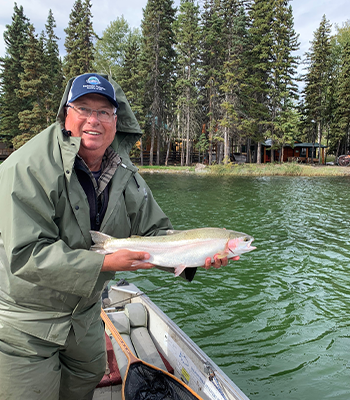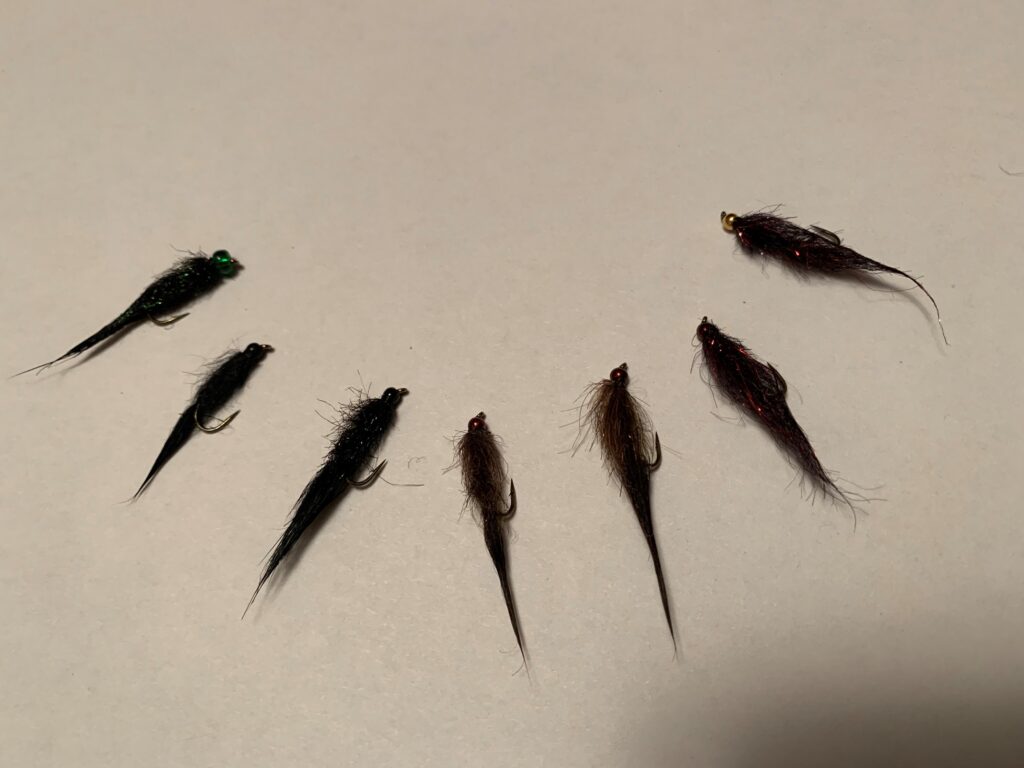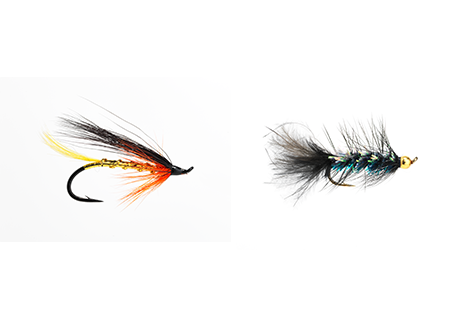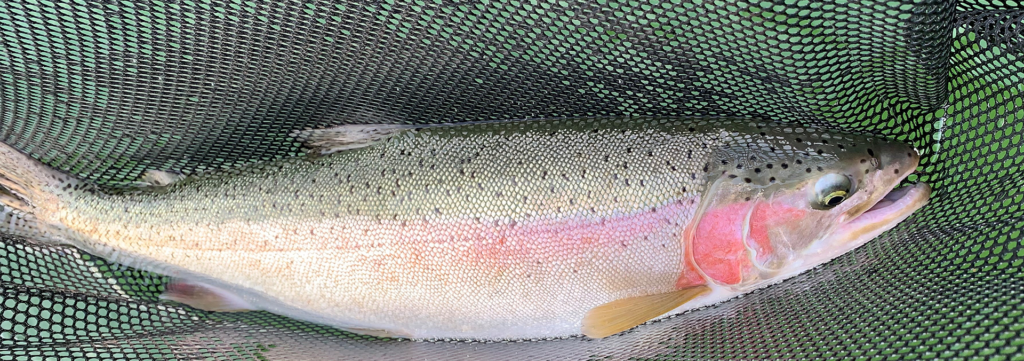The Cariboo’s exciting fall fly-fishing is downright invigorating to many trout fishers. With the beauty of the autumn colours that mark the changing of the seasons, it’s so much more than just catching fish. Breaks in the early morning fog reveal spectacular displays of aspens’ frost-coated radiance, to make the lakes of the Cariboo awesome.
For the past four decades, I and a group of fellow fishers have made an annual autumnal trip in search of trophy-sized rainbow trout for which southern Cariboo lakes are renowned. Some lakes have good numbers of big ’bows in the three- to six-kilogram (six- to 12-pound) range. A key point is to fish lakes that have a history of harbouring large trout. Some of these lakes include Simon, Edmonds, Sheridan, Valentine, Big Bar, and Forest.
In autumn, most bug hatches are winding down with falling water temperatures. Fish are turning to other food sources that are present in a lake all year long – shrimp, bloodworms, water boatmen, dragonfly nymphs, damselfly nymphs, caddis larvae, and leeches in various colours. While fly imitations of all these invertebrates will catch big fish, I have found over my many years of fishing that micro-leeches – my favourite – catch more bragging-rights trout in autumn by far than any other fly pattern.


Why Leeches Produce Consistent Results
Present at all depths of a lake throughout the season, slow-moving leeches make an easy meal for big, aggressive trout or fish that just want a leisurely meal without expending a whole bunch of effort. Although shrimp are more prevalent as a food source (and make up the largest part of a trout’s diet throughout the year), being nearly microscopic, they are an almost impossible pattern to imitate. As well, there are so many species of shrimp that designing an imitation that will consistently fool large trout into biting is difficult. There are shrimp patterns that work for smaller trout, but leech patterns, particularly in micro-leech sizes, produce more consistent results on the big fish I’m seeking.


Fish in leech habitat
During fall, it is best to concentrate your efforts where leeches and shrimp can be found – in the shallows, amongst the vegetation. As the water temperatures drop below 10° C (50° F), fish come into shallow 1.2- to 2.4-metre (four- to eight-foot) depths in search of overwintering food sources. In these shallows, anglers will have their best opportunity to catch big trout.
Imitate a leech’s movement
To successfully imitate leeches, you must understand their motion. At this time of year their movements are slow. Since a trout’s other food sources in the lake are also moving slowly, trout will tend to ignore any fly pattern that is moving too quickly. Trout in the fall prowl slowly in the marl along the bottom, or even at mid-water, to feed. Just as you would fish a chironomid in the spring, work your leech patterns slow, slow, slow.
Use a strike indicator
You can fish leech patterns by varying their depths in the water column using slow- or intermediate-sinking lines, or even floating lines, but your best bet is to fish your imitation under a strike indicator. An indicator will allow you to adjust the depth of your presentation more effectively, and keep your pattern creeping along right in front of the fish.
Many times the bite is very subtle, with the indicator barely going under the surface, or just bouncing slightly a couple of times. When this happens, strike quickly: more often than not you will be rewarded with the tug of a heavy fish.
During autumn, you may occasionally catch fish on boobies, vampire leeches, and other patterns fished using a quick retrieve. However, if consistency and big fish are what you want, have the patience to fish with micro-leech patterns under an indicator, just off the bottom.
With comfortable daytime temperatures, spectacular scenery, far less fishing pressure than in the spring and, best of all, fantastic fishing for bigger rainbows full of summer feed, anglers should make Cariboo fly-fishing in the autumn an event for their bucket list. It’s something special to experience; that’s why I do it.
Author: Nick Basok, Freshwater Fisheries Society of BC Fishing Ambassador.
